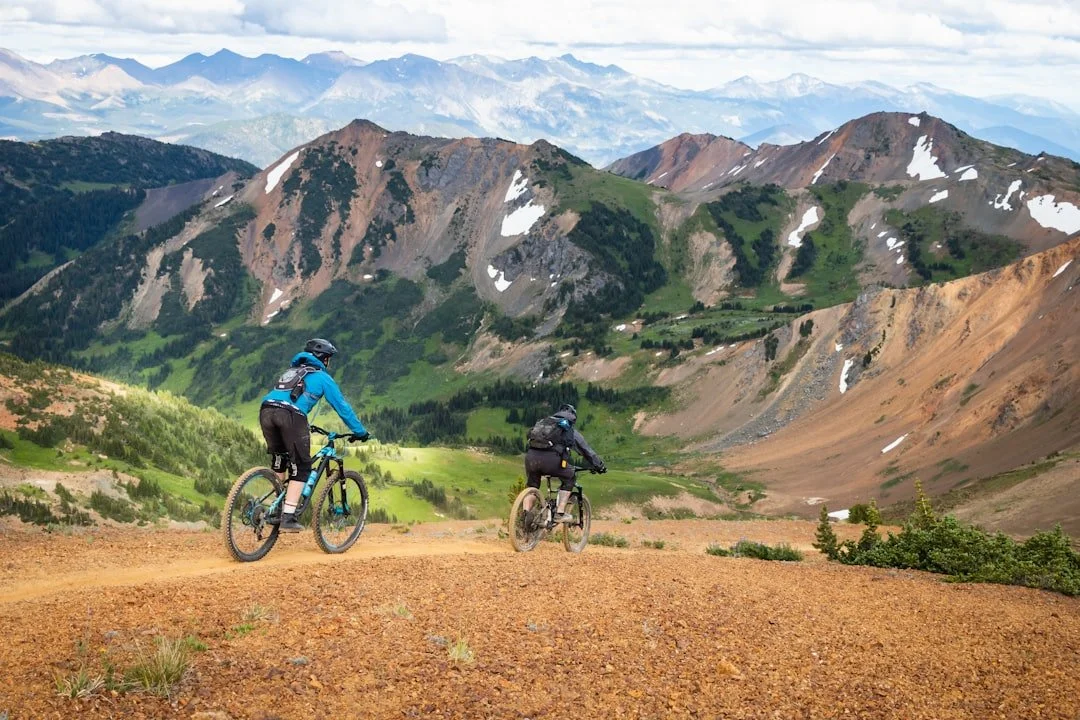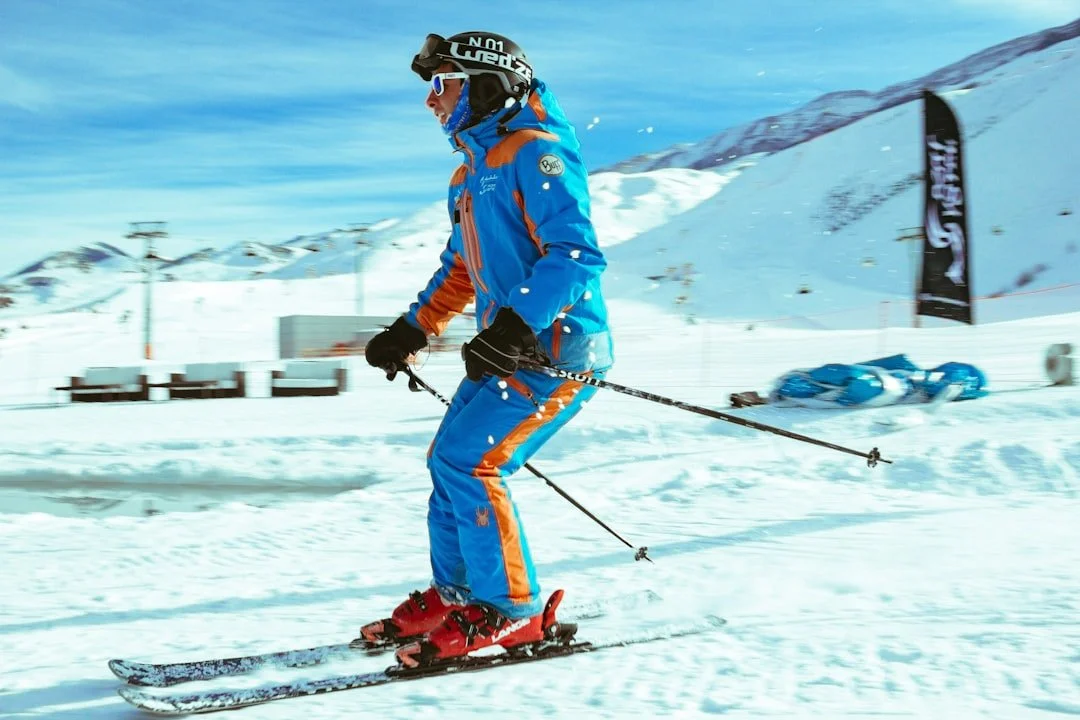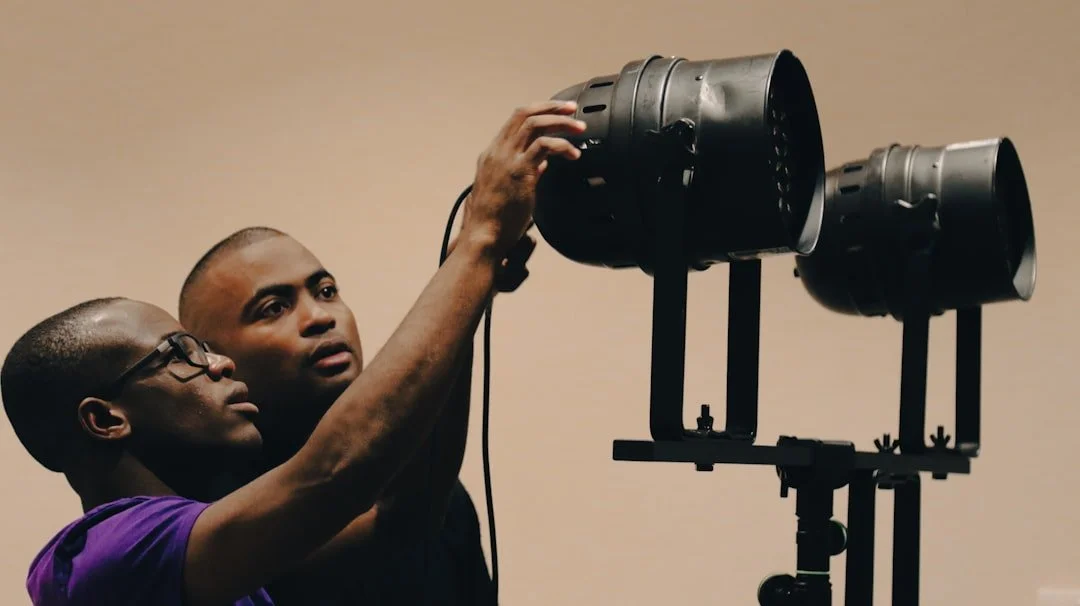Most Common Sports Injuries We See in Denver Athletes (and How to Prevent Them)
By Brett Green, PT, DPT • 2025-09-13
Colorado's outdoor playground attracts athletes year-round, but altitude and terrain create unique injury patterns we don't see elsewhere
Last week, three different patients walked into my clinic with the same opening line: "I was just having fun on the trails when..."
Sound familiar?
Living in Denver means we're blessed with incredible access to outdoor recreation. But after treating hundreds of local athletes, I've noticed clear patterns in the injuries that sideline our community—and more importantly, the prevention strategies that actually work.
Here's the real data on what's hurting Denver athletes, plus the no-BS prevention approach that keeps you doing what you love.
The Denver Injury Reality Check
4.4 million Americans were treated for sports-related injuries in emergency departments in 2024. But Denver athletes face unique challenges that create specific injury patterns:
Altitude effects: Every 1,000 feet of elevation reduces oxygen transport by 2% and increases fatigue by 4%
Year-round activity: Unlike most cities, our season never really ends
Terrain demands: Technical trails and steep slopes require higher skill and strength levels
From My Clinic: "I see more overuse injuries here than I did practicing in Chicago. Denver athletes don't take off-seasons—they just switch sports."
The Big Three: Most Common Injuries I Treat
1. The Knee Destroyer: ACL Tears (Primarily Skiing)
The numbers: ACL injuries occur in 4.2 injuries per 100,000 skier-days in Colorado, with the knee representing 33% of all skiing injuries.
Why it happens here: Colorado's variable snow conditions—from champagne powder to spring slush—create unpredictable forces on the knee joint. Add altitude fatigue, and your reaction time suffers when you catch an edge.
The devastating part: Research from the Steadman Hawkins Clinic in Vail shows that wet, heavy spring snow dramatically increases ACL injury risk compared to lighter, drier snow.
Prevention that works:
Pre-season strength training: Focus on hamstring-to-quadriceps strength ratios
Balance training: Single-leg stability exercises on unstable surfaces
Equipment checks: Professional binding adjustment at start of season
Early-stage movement exercises that keep you active while healing from knee injuries
2. The Silent Killer: Cycling Overuse Injuries
The surprising stat: Cycling causes 18 times more injuries than skiing when adjusted for participation rates. The difference? Most cycling injuries develop slowly through repetitive stress.
What I see most:
Lower back pain: Poor bike fit causing rounded posture
Knee pain: Improper saddle height or cleat positioning
Neck and shoulder tension: Aggressive riding position without adequate flexibility
Hand numbness: Prolonged pressure on handlebars
The Denver factor: Our long climbing routes mean extended periods in the same position, amplifying any biomechanical issues.
Prevention protocol:
Professional bike fitting: Not negotiable for serious cyclists
Core strengthening: Plank variations and rotational stability exercises
Regular position changes: Stand and stretch every 20-30 minutes on long rides
3. The Trauma King: Mountain Biking Crashes
Reality check: 2-3 injuries per 1,000 mountain biking days at recreational level, with upper extremity injuries (shoulders, wrists) being most common.
Denver's unique risks:
Technical terrain: Colorado's rocky, root-filled trails demand higher skill
Elevation changes: Steep descents increase speed and impact forces
Variable conditions: Weather can change trail conditions rapidly
Proper pre-sport strengthening targets the muscle patterns that prevent injury
The Altitude Factor: Why Denver Is Different
Training at 5,280 feet isn't just about bragging rights—it fundamentally changes injury risk patterns:
Performance effects:
10% reduction in oxygen transport capacity
20% faster fatigue compared to sea level
Altered pain perception due to physiological stress
Injury implications:
Fatigue-related poor decision making happens earlier
Dehydration occurs more rapidly, affecting muscle function
Sleep quality often decreases initially, impacting recovery
The surprising finding: University of Colorado research suggests that altitude may actually reduce concussion rates in contact sports due to physiological adaptations.
Prevention Strategies That Actually Work
The Foundation: Movement Quality Over Intensity
Most athletes get this backward: they jump into sport-specific training without building basic movement patterns.
My clinic's assessment: ☐ Can you do 20 bodyweight squats with perfect form?
☐ Can you hold a plank for 60 seconds without hip drop?
☐ Can you balance on one foot for 30 seconds with eyes closed?
☐ Can you touch your toes without knee bend?
If any answer is "no," you're not ready for advanced sport demands.
Simple mobility work that prevents the back pain epidemic I see in Denver cyclists
Sport-Specific Prevention Protocols
For Skiing:
Swedish research breakthrough: A 2-year ACL prevention program reduced injuries by 50% in competitive adolescent skiers
Key exercises: Core stability, neuromuscular control training, plyometric exercises
Timeline: Start 6-8 weeks before season
For Cycling:
Core strengthening focus: Research shows cyclists with stronger deep core muscles have 78% fewer lower back issues
Flexibility protocol: Hip flexor and hamstring mobility work 3x/week
Position changes: Stand every 15-20 minutes on long rides
For Mountain Biking:
Upper body preparation: Shoulder stabilization exercises to handle impact forces
Balance training: Single-leg exercises on unstable surfaces
Technical skill development: Consider professional instruction for terrain-specific skills
The Denver Advantage: Using Our Environment
Altitude adaptation training:
Gradual exposure: Increase activity intensity by 10% weekly when adapting to altitude
Hydration protocol: 25-50% more fluid intake than at sea level
Sleep prioritization: Allow 1-2 weeks for sleep quality to normalize
Year-round conditioning:
Sport rotation: Use different activities to maintain fitness while giving primary sport muscles recovery
Indoor alternatives: Develop backup training for Colorado's unpredictable weather
Progressive loading: Build activity volume by no more than 10% weekly
Red Flags: When to Seek Help
Stop and get professional guidance if:
Pain persists more than 3 days after activity
You're modifying technique to avoid discomfort
Performance decreases despite consistent training
Sleep is disrupted by pain or stiffness
The Denver reality: Our "tough it out" mountain culture often delays necessary treatment. Early intervention always beats heroic rehabilitation later.
Smart training that respects both athletic goals and physiological limits
Your Action Plan: Staying Healthy in Denver
This Week
☐ Complete the basic movement assessment above
☐ Schedule professional bike fitting if you cycle >50 miles/week
☐ Review your hydration strategy for altitude
☐ Evaluate your current cross-training routine
This Month
☐ Begin sport-specific prevention program based on your primary activities
☐ Address any movement quality issues identified in assessment
☐ Establish relationship with sports medicine provider before you need one
☐ Update emergency contacts and insurance info for outdoor activities
This Season
☐ Track training load progression (no more than 10% weekly increases)
☐ Schedule regular equipment maintenance and safety checks
☐ Plan active recovery weeks into your training schedule
☐ Assess and adjust goals based on performance and injury status
The Bottom Line
Denver's incredible outdoor opportunities come with real injury risks that differ from other regions. But with proper preparation, most injuries are preventable.
The key principles:
Respect the altitude: Your body works harder here
Build foundations first: Movement quality before sport-specific intensity
Progress systematically: Small, consistent improvements beat dramatic training jumps
Listen to your body: Pain is information, not weakness
Don't let preventable injuries steal your seasons. The mountains, trails, and slopes will always be here—make sure your body is ready to enjoy them.
Why Choose Get Back Physical Therapy?
As a Denver-based PT who treats athletes across all of Colorado's outdoor sports, I understand the unique demands our environment places on the body. My approach combines evidence-based injury prevention with practical strategies for our altitude, terrain, and culture.
What makes our approach different:
Altitude-specific training protocols developed for Colorado athletes
Sport-specific assessments using real movement patterns from skiing, cycling, and hiking
Prevention-focused philosophy that keeps you active rather than reacting to injuries
Integration with local specialists: bike fitters, ski instructors, and sports medicine physicians
Ready to bulletproof your body for Colorado's outdoor demands? Discover how our ski prep programs keep you on the mountain or learn about altitude-specific training strategies.
Questions about your injury risk? Every athlete's needs are different based on their sports, training history, and movement patterns. Schedule a movement assessment to identify your specific risk factors and develop a personalized prevention strategy.
Medical Disclaimer: This information is for educational purposes only and should not replace professional medical advice. Always consult with your healthcare provider before beginning any exercise program.
Evidence-Based Sources:



